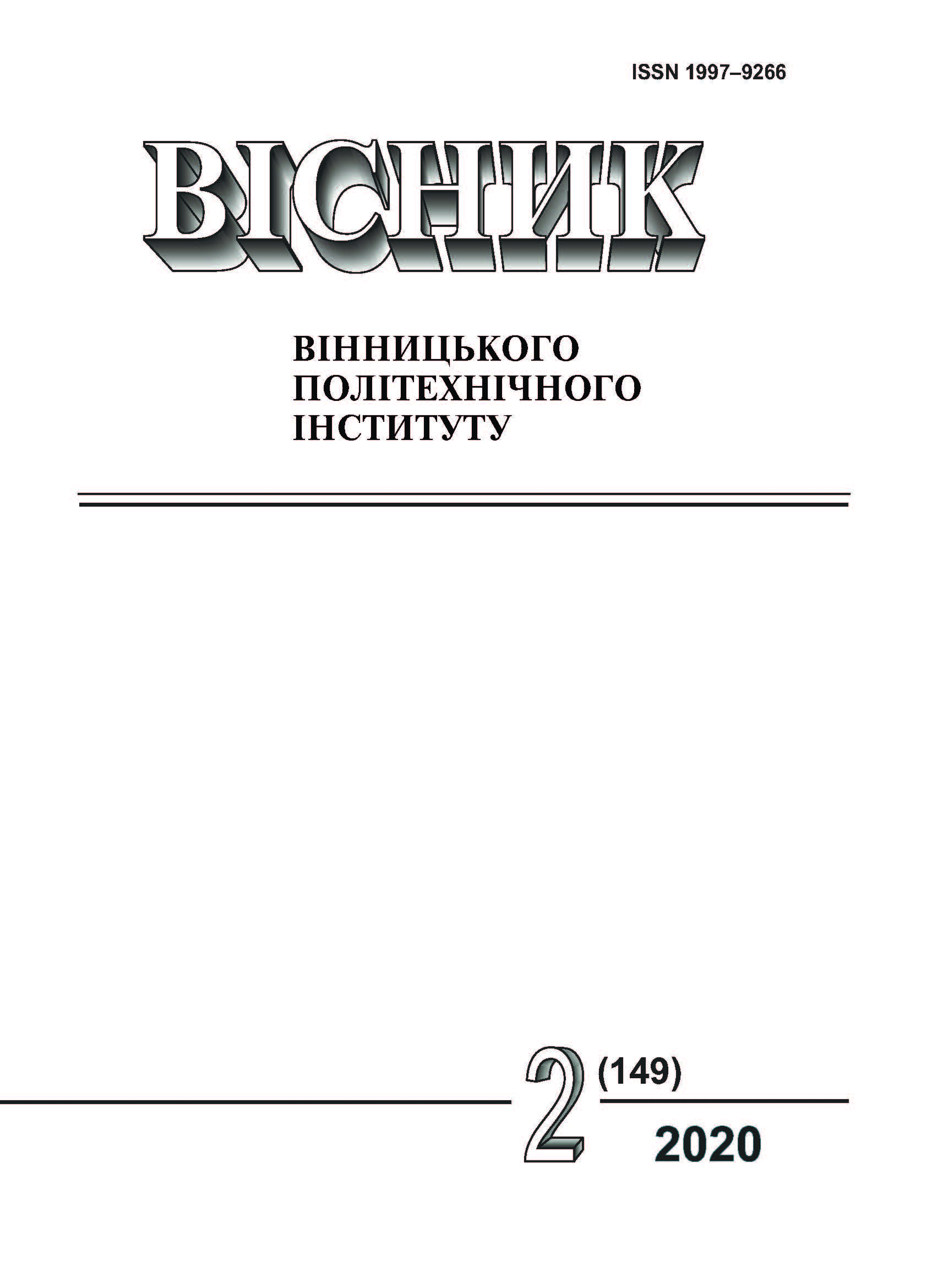Methods and Software of Automated Construction of Adaptive Trajectory of Training
DOI:
https://doi.org/10.31649/1997-9266-2020-149-2-58-66Keywords:
Intelligent Online e-Learning Systems, adaptive trajectory of learning, optimization of reliability function, evaluation of software qualityAbstract
There have been developed and approved new methods of solving the problem of the automated construction of adaptive trajectory of educating in the intellectual adaptive systems of transmission and control of knowledge on the basis of determination of current status of student, estimations of transition probabilities between the states in time depending on the educational aim, set parameters of certain student and parameters of educational material. There has been offered the functional optimization of adaptive trajectory of educating with the use of quantum genetic algorithm of higher orders.
There have been investigated such indexes of quality of the developed adaptive system of transmission and control of knowledge as: relevancy of the built adaptive trajectory of educating, integrity of presentation of the adapted educational material, quality of control of knowledge, quality of mastering of new knowledge, comfort and clearness of interface of users, automation of process of structuring and import of educational material, usage of labour of teachers and experts, usage of technical equipments, time of answer of the system, resilience of data, integrity of knowledge base, compatibility.
One of the main research methods was the experiment, which allowed assessing the level of achievement of the goal and technical parameters of software. An experiment is automated construction and selection optimal adaptive learning trajectory from several proposed, passing lessons by student on this trajectory, and then entering this adaptive trajectory into the system’s knowledge base with an assessment of the level of achievement of the goal. Thus, each passing lessons by students refines and improves the procedure for automate constructing an adaptive learning trajectory. So, the developed Intelligent Online e-Learning System is improved and “learns” in the process of student learning.
The paper reports methods for assessing the likelihood of achieving the set educational goal, what are determined depending on the parameters of the student model and the parameters of the model of the adaptive learning trajectory.
The study presents the results of applying the developed methods for constructing an individualized educational process on improving the quality indicators of students’ academic achievements.
The introduction and use of the developed Intelligent Online e-Learning System allows to improve the quality of the educational process, to rationally use the labor, technical and material resources of educational institutions by automating and adapting the process of mastering knowledge.
References
R. Chantal, L. Danielle, and C. Jennifer, “Applying Best Practice Online Learning,” Teaching, and Support to Intensive Online Environments: An Integrative Review Front. Educ., 21 November 2017. https://doi.org/10.3389/feduc.2017.00059 .
С. О. Сисоєва, и К. П. Осадча, Системи дистанційного навчання: порівняльний аналіз навчальних можливостей, 2011. [Електронний ресурс]. Режим доступу: http://www.academia.edu/931578 .
І. М. Погребнюк, і В. М. Томашевський, «Моделювання сценаріїв адаптивного навчання з використанням мереж Петрі,» Вісник Національного технічного університету України «Київський політехнічний інститут». Серія : Інформатика, управління та обчислювальна техніка, № 55, с. 38-46, 2012.
О. О. Гагарін, і С. В. Титенко, «Дослідження і аналіз методів та моделей навчання систем безперервного навчання,» Наукові вісті НТУУ «КПІ», № 6(56), с. 37-48, 2007
В. В. Вишнівський, М. П. Гніденко, Г. І. Гайдур, і О. О. Ільїн, Організація дистанційного навчання. Створення електронних навчальних курсів та електронних тестів, навч. посіб. Київ, Україна: ДУТ, 2014, 140 с.
В. М. Томашевський, Ю. Л. Новіков, і П. А. Камінська, «Огляд сучасного стану систем дистанційного навчання,» Наукові Праці, т. 160, вип. 122. Комп’ютерні технології. Миколаїв, Україна: вид. ЧДУ ім. П. Могили, с. 146-157, 2011
П. И. Федорук, и М. С. Дутчак, «Построение базы знаний адаптивный систем дистанционного обучения на основе фреймовой и продукционной моделей представления знаний,» УСиМ: Управляющие системы и машины, № 5, с. 10-15, 2012.
М. В. Пікуляк, «Застосування теорії мультимножин для формування індивідуального квантового набору навчального контенту,» Математичні машини і системи, № 3, с. 96-103, 2014.
В. В. Казимир, П. І. Федорук, і М. С. Дутчак, «Адаптивна передача знань в системі дистанційного навчання», Вісник Чернігівського державного технологічного університету. Серія: технічні науки, Чернігів, с. 166-170, 2011.
V. M. Tkachuk, M. I. Kozlenko, M. V. Kuz, I. M. Lazarovych, and M. S. Dutchak, “Function Optimization Based on Higher-Order Quantum Genetic Algorithm,” Electronic modeling, № 3 (2019), с. 43-58, 2019. https://doi.org/10.15407/emodel.41.03 .
М. В. Кузь, Я. Т. Соловко, і В. М. Андрейко, «Методологія формування узагальненого критерію якості програмного забезпечення в умовах невизначеності,» Вісник Вінницького політехнічного інституту, № 5, с. 104-107, 2015.
Downloads
-
PDF (Українська)
Downloads: 220
Published
How to Cite
Issue
Section
License
Authors who publish with this journal agree to the following terms:
- Authors retain copyright and grant the journal right of first publication.
- Authors are able to enter into separate, additional contractual arrangements for the non-exclusive distribution of the journal's published version of the work (e.g., post it to an institutional repository or publish it in a book), with an acknowledgment of its initial publication in this journal.
- Authors are permitted and encouraged to post their work online (e.g., in institutional repositories or on their website) prior to and during the submission process, as it can lead to productive exchanges, as well as earlier and greater citation of published work (See The Effect of Open Access).





